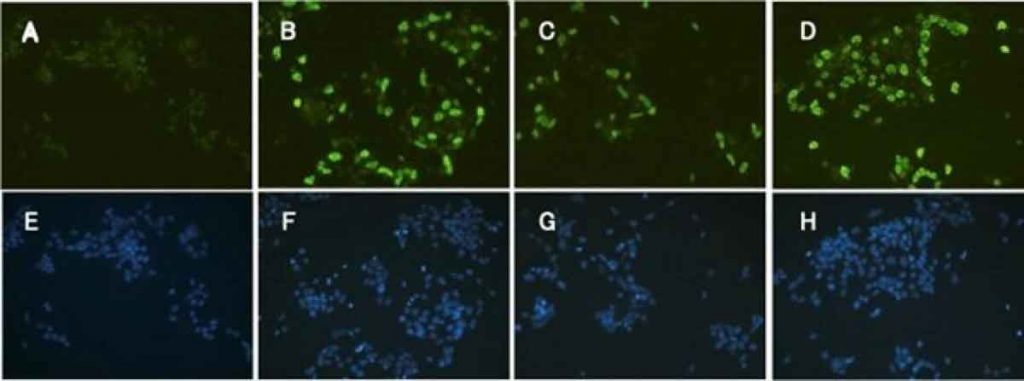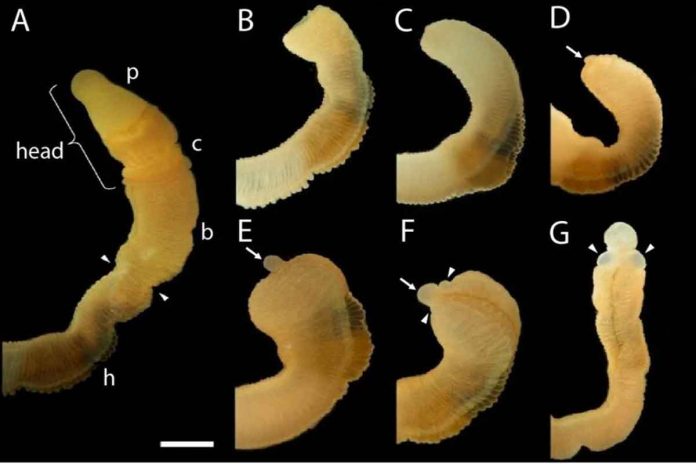A group of researchers found that the Ptychodera flava draws on reprogramming-based mechanisms. It is a worm-like marine organism capable of regenerating its entire head or body. It helps somatic cells in higher-order animals branch out into complete body parts. It is known as acorn worm. It shares evolutionary roots with chordates and mammals. It can be traced back from the most advanced vertebrates.
Scientists said, acorn worms utilize pluripotent stem cell reprogramming factors to regenerate their head or bod. The research paper has been published in Frontiers in Ecology and Evolution. Reprogramming factors refer to molecules or proteins in biology. It can trigger cells to become any type of cells.
Scientists observed several unique genes expressed in the acorn worms during head regeneration. That has not seen in chordates and other higher-order vertebrates.

Researchers observed the capacity of hemichordates like planaria and hydra to regenerate since the 19th century. Recently they have used them as a model for studying regenerative processes. Acorn worms still uniquely share the ability with lower-order organisms to regenerate.
As it is the most advanced of animals observed with regeneration capacity and more closely related to humans than planaria and hydra. But they lack “totipotent stem cells”. It is individual cells from which the entire organism can completely regenerate.
Hemichordates have a reprogramming gene network. It allows cells to become pluripotent state in order to recreate an injured structure or organ. Scientists collected acorn worms from a flat shallow reef in Paiko, Oahu in Hawaii. Scientists sampled worms ranged from 4–10cm in length. They cut portions of the worms’ bodies and observed them in clean glass bowls throughout 12 days of regeneration.
The animals regained their natural burrowing behavior and could crawl out of the bowls. The collected animals were cut at the posterior end of the branchial clefts. Reprogramming factors analogous to those released in vertebrates to signal tissue healing following an injury were found. The first appearing in worm samples preserved 24–48 hours after being cut.

